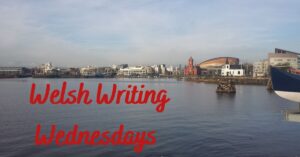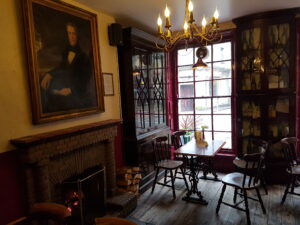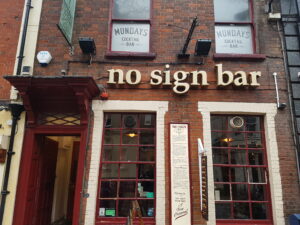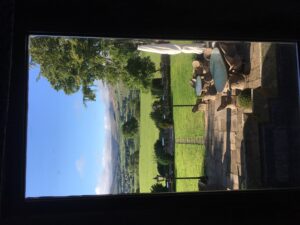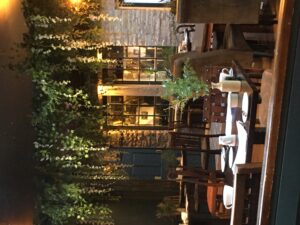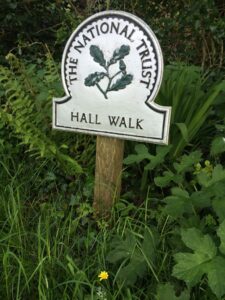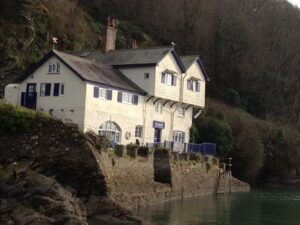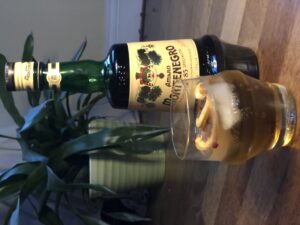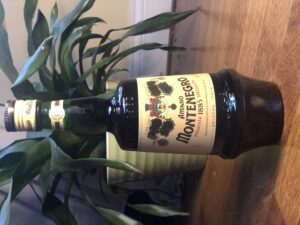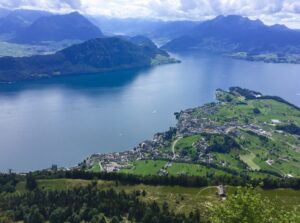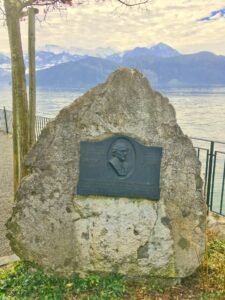It is a matter of great debate how many islands Croatia has. Some say over a thousand, and certainly they dot the coast like so many green jewels, set in an azure sea. In practical terms, only around fifty are inhabited although others offer inviting day trip getaways.
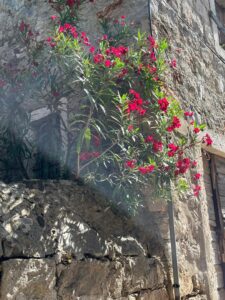 Last month we visited Sipan. It’s easily reached from Dubrovnik and its airport – in fact we were in our hotel room less than two hours after our plane landed – so it isn’t remote. But the joy of it is that it feels like it.
Last month we visited Sipan. It’s easily reached from Dubrovnik and its airport – in fact we were in our hotel room less than two hours after our plane landed – so it isn’t remote. But the joy of it is that it feels like it.
At the time of writing there is just one hotel on the island, the other having closed during covid. There is no doubt that Croatia’s economy suffered badly from the lack of tourism. It’s evident in marginal locations especially, with boarded up premises and half-completed building projects. But on Sipan at least construction has restarted and there were two enormous cranes perched above the harbour in Sudarad, the village where we stayed.
Although we were primarily in Croatia for a research trip for my summer 2023 novel, it was the kind of place we’d have chosen for a relaxing holiday. Small and quiet with a couple of narrow shops to buy supplies (despite the dearth of hotels there is plenty of self catering accommodation), and four or five bars and restaurants.
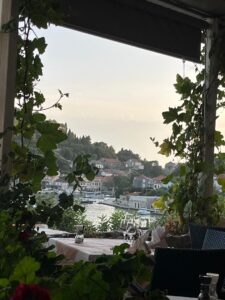 As for beaches, Croatians have rather different views on them. Sand is generally not favoured by the locals (and in truth there is hardly any, although Lopud, the island opposite Sipan, does boast some sandy beaches), pebbles are tolerated, and swimming from rocks – or concrete swimming platforms – is generally preferred. And there are plenty of these in and around Sudarad and the water is crystal clear.
As for beaches, Croatians have rather different views on them. Sand is generally not favoured by the locals (and in truth there is hardly any, although Lopud, the island opposite Sipan, does boast some sandy beaches), pebbles are tolerated, and swimming from rocks – or concrete swimming platforms – is generally preferred. And there are plenty of these in and around Sudarad and the water is crystal clear.
The unseasonable heat limited our desire to wander, but we quickly discovered the best restaurant, Tri Sestre, was next door to the hotel anyway. It was everything I adore about Croatian restaurants; friendly, family run, views to die for from its terrace, well priced local wines and fabulous meals. We mostly ate seafood because it was so fresh and simply prepared, normally with a side of potatoes and chard, which is traditional. At Tri Sestre all the vegetables are grown by the owner – he told us that in summer he gets up at four in the morning to tend them – but the results are definitely worth it. I can quite honestly say I’ve never tasted tomatoes like it, and I grow my own.
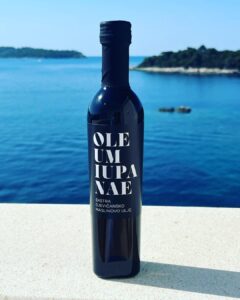 Growing things; market gardening, olives and grapes, is the mainstay of Sipan’s economy as it has been for generations, and on a slightly cooler day we did venture out into the countryside. We love Croatian olive oil and wanted to buy some to take home. Just outside the village we found a small producer selling from the terrace of their house. But there was nothing homespun about the oil or the bottle and a great deal of effort had gone into both.
Growing things; market gardening, olives and grapes, is the mainstay of Sipan’s economy as it has been for generations, and on a slightly cooler day we did venture out into the countryside. We love Croatian olive oil and wanted to buy some to take home. Just outside the village we found a small producer selling from the terrace of their house. But there was nothing homespun about the oil or the bottle and a great deal of effort had gone into both.
On the opposite side of the road was a wine producer. Agricultural machinery lined the drive and a small sign directed us past the vegetable garden to a table set out under the trees. A woman emerged, having just finished hanging out her washing, and brought two wines for us to taste. No unfamiliar local varieties here, one was cabernet sauvignon and the other merlot, again in some of the smartest bottles we’ve seen. And the contents were of truly international standard too – delicious and meticulously made.
In fact the produce we found in its countryside echoed Sipan itself; high quality and small scale. Definitely a hidden corner of Croatia worth a visit.

